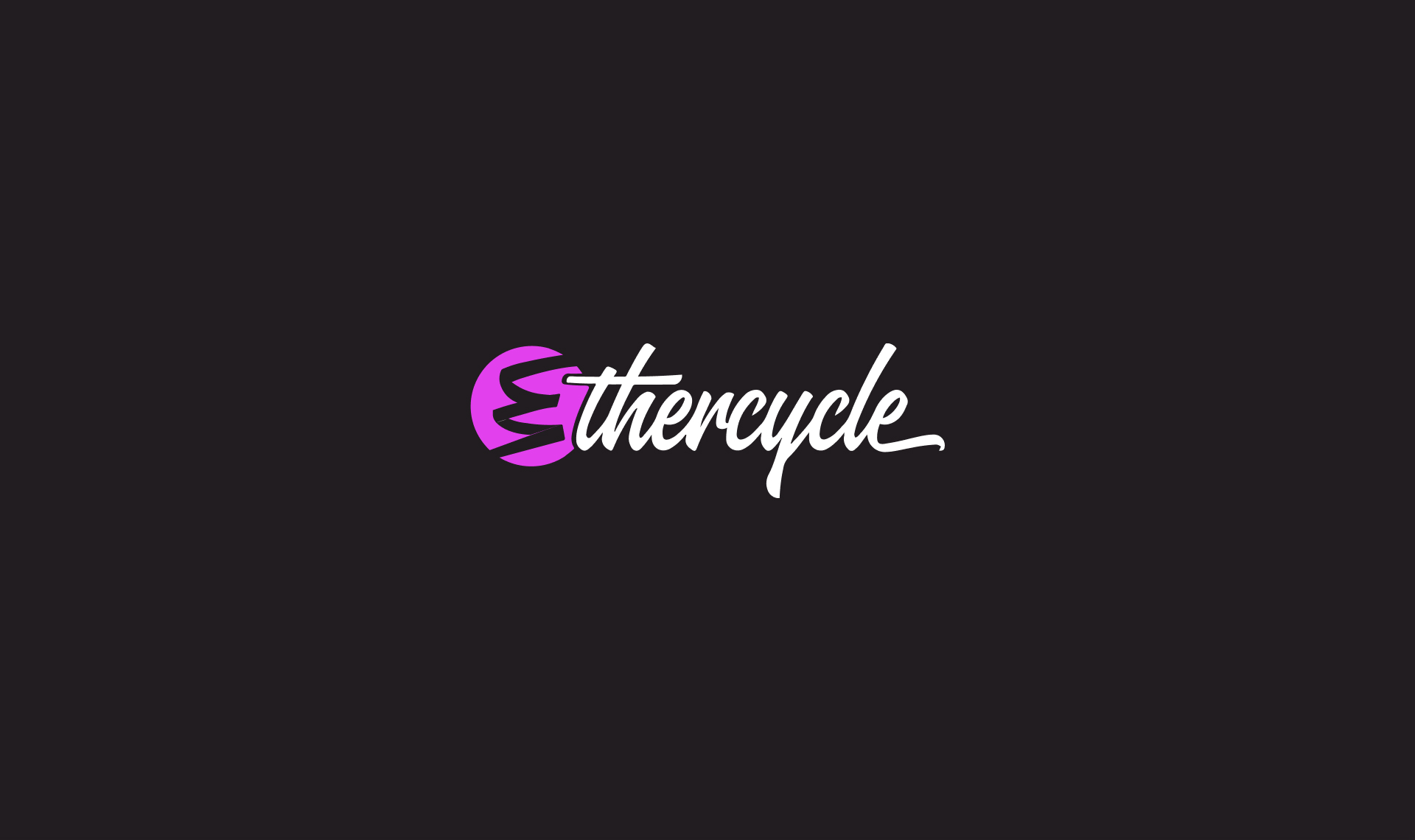
Picture this, your product sales are high and coming 95% via a marketplace (Amazon, eBay, Etsy etc..), things are good and you are building your revenue. Next thing you know the marketplace says that you violated one of their policies or knocks you off. You’re done!
This is a common scary problem for businesses just starting out. How do I diversify my income streams? The upside is that you sell your product on a marketplace and validate the idea. The downside is that you don’t own your customer or brand.
A great strategy is to incorporate both income streams. Use a marketplace, but also build your own brand via a Shopify store.
The first step is to figure out what data points you have on your customers via the marketplace. If you ship your items, utilize their addresses.
- Ship your product with a coupon that directs them to your Shopify store
- Include a pack in card with instructions or a warranty that needs to be registered on your website
- Figure out what keywords people are using to search for your product on a marketplace and start using that information to form a SEO strategy
Pro tip: When the customer is registering their warranty, give them the option to add their email and get on your newsletter list. Boom! Now you have their email and can start retargeting them with ads.
